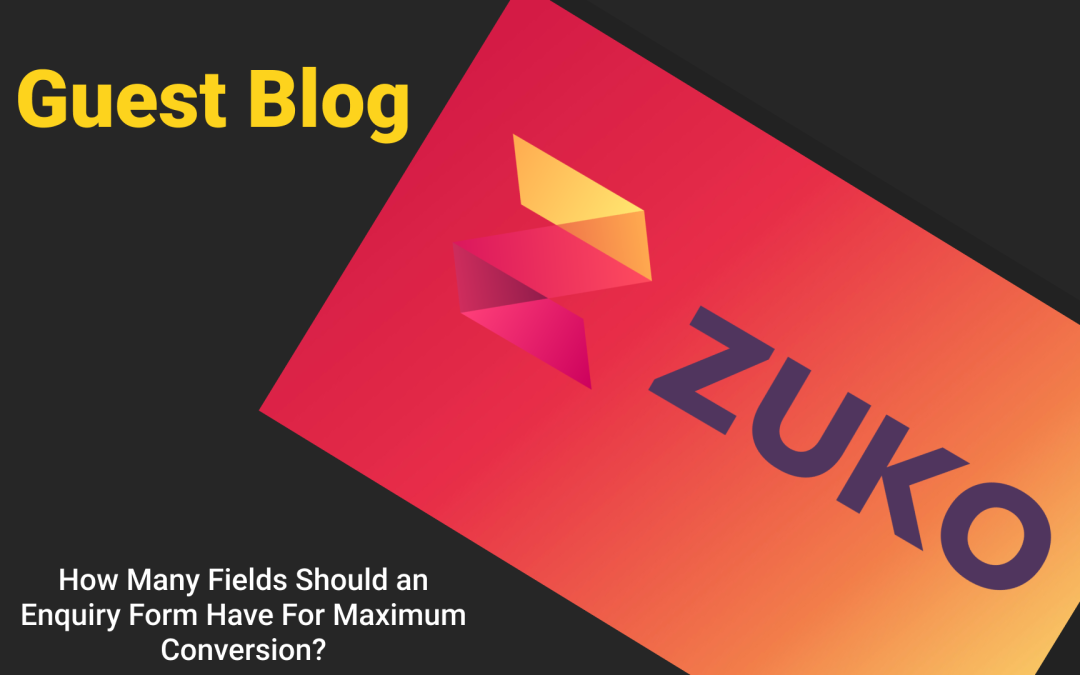How Many Fields Should an Enquiry Form Have For Maximum Conversion?
How long should your web forms be to optimize conversion?An investigation so you can determine the correct length of your form.

Summary
Optimizing Enquiry Form Length for Maximum Conversion
This article delves into the ongoing debate about the ideal number of fields in an enquiry form to maximize conversions. Contrary to popular belief, the number of fields alone isn’t the sole determinant of a form’s success.
Key Insights:
- Quality Over Quantity: It’s not merely about having fewer fields but ensuring each field serves a clear purpose. Unnecessary or irrelevant fields can distract or frustrate users.
- User Motivation Matters: The willingness of users to complete a form can depend on their motivation level. Highly motivated users might tolerate longer forms, while others may abandon them if they seem too lengthy or intrusive.
- Optional vs. Mandatory Fields: Distinguish between essential information and “nice-to-have” data. Optional fields should be clearly labeled, and their purpose explained to encourage completion.
- Timing of Information Collection: Consider whether certain information is needed immediately or can be collected later in the user journey.
Best Practices:
- Evaluate Each Field’s Necessity: Regularly assess whether each form field is essential for achieving your objectives.
- Simplify Where Possible: Combine fields when appropriate (e.g., using a single “Name” field instead of separate “First Name” and “Last Name” fields).
- Provide Clear Explanations: For sensitive information requests, like phone numbers or dates of birth, explain why the data is needed and how it will benefit the user.
- Test and Refine: Continuously test different form lengths and configurations to determine what works best for your audience.
In essence, the optimal number of fields in an enquiry form isn’t a fixed number but depends on the form’s purpose, the user’s motivation, and the relevance of the information requested

Recent Comments